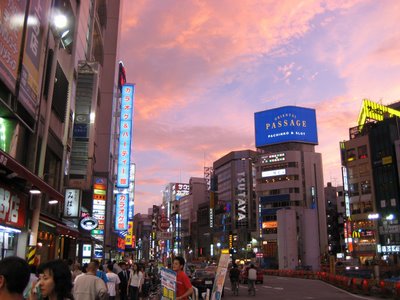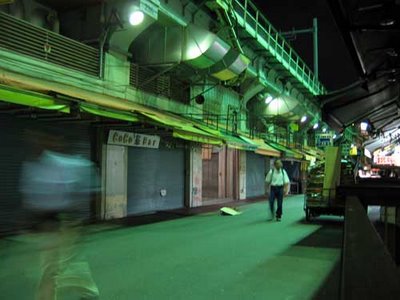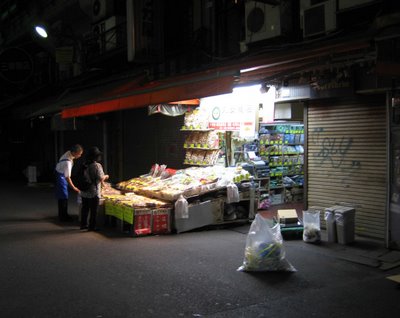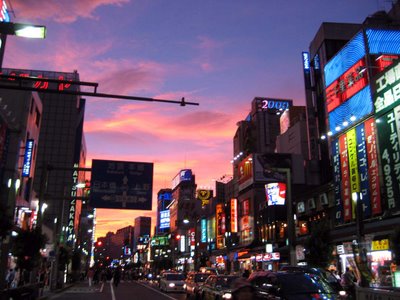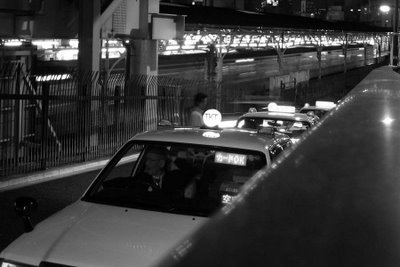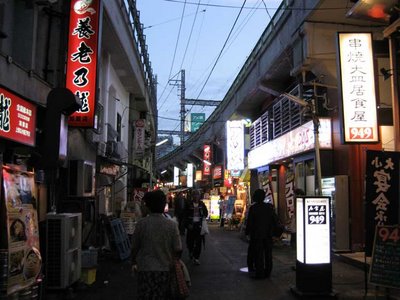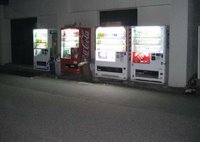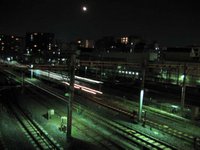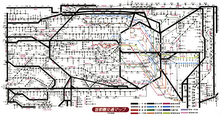Dining Solitude in the City.
 Finding solitude in Tokyo is no easy task, but there is no shortage of ways to cope. At this Chinese-style ramen restaurant, you first select your order and pay at a vending machine. After being seated at a booth for one at the bar, you mark your meal preferences on a paper menu (i.e., spicy or mild, light or fatty broth) and pass that to an attendant behind the bar. No eye contact is made, since the interface between customer and attendant is only a gap large enough to pass food through. Once your food is delivered, the bamboo curtain is drawn, and you are allowed to enjoy your food in a silent and distraction-free space.
Finding solitude in Tokyo is no easy task, but there is no shortage of ways to cope. At this Chinese-style ramen restaurant, you first select your order and pay at a vending machine. After being seated at a booth for one at the bar, you mark your meal preferences on a paper menu (i.e., spicy or mild, light or fatty broth) and pass that to an attendant behind the bar. No eye contact is made, since the interface between customer and attendant is only a gap large enough to pass food through. Once your food is delivered, the bamboo curtain is drawn, and you are allowed to enjoy your food in a silent and distraction-free space. In what was likely a social faux pas, I was able to make eye contact with David, a fellow gaijin, across the bar.
In what was likely a social faux pas, I was able to make eye contact with David, a fellow gaijin, across the bar.  Chinese-style Ramen.
Chinese-style Ramen.
This is nothing like the meager packaged ramen that penny-pinching North American college students know so well. Here, the pork broth is homemade and served with a few hearty pieces of ham. Though enjoyable, I still find Japanese ramen to be much more delicious and healthy.
T




